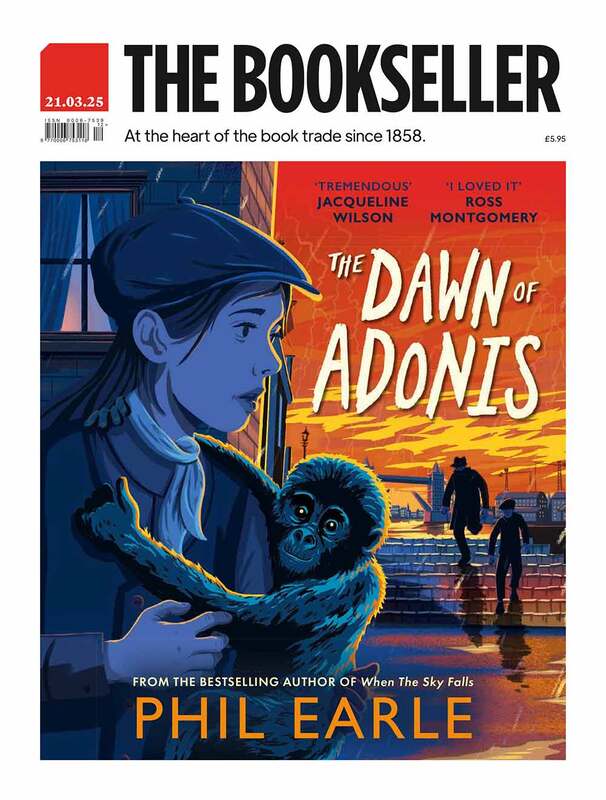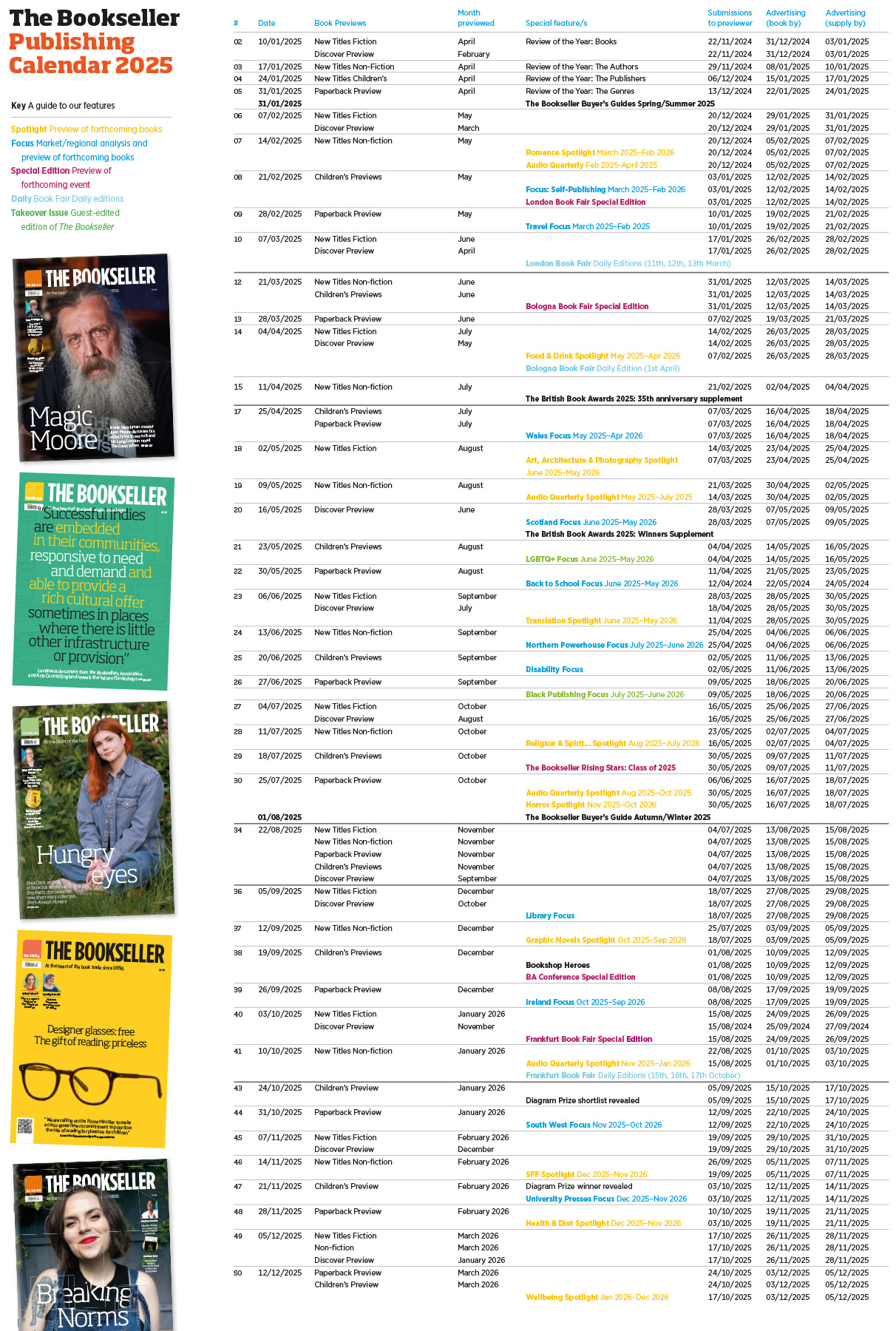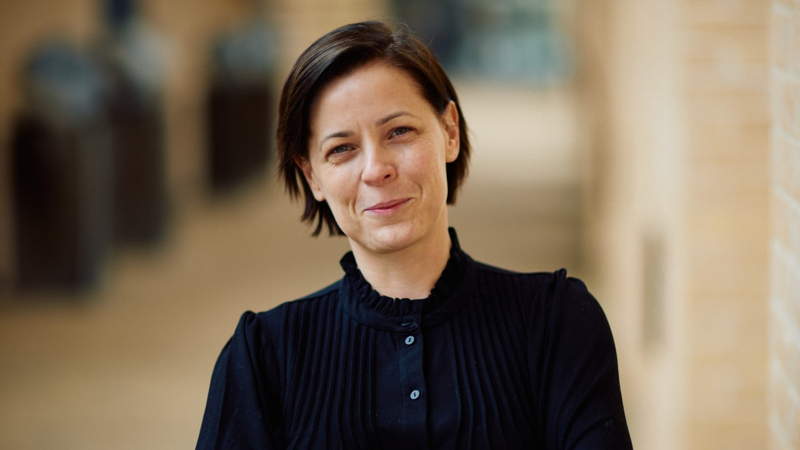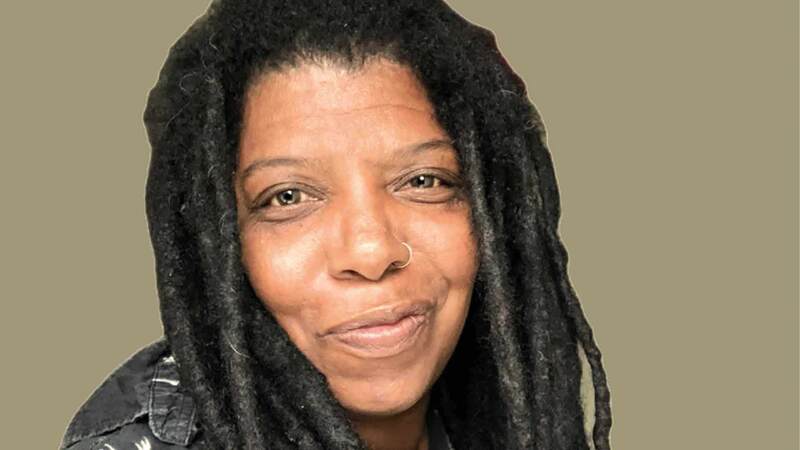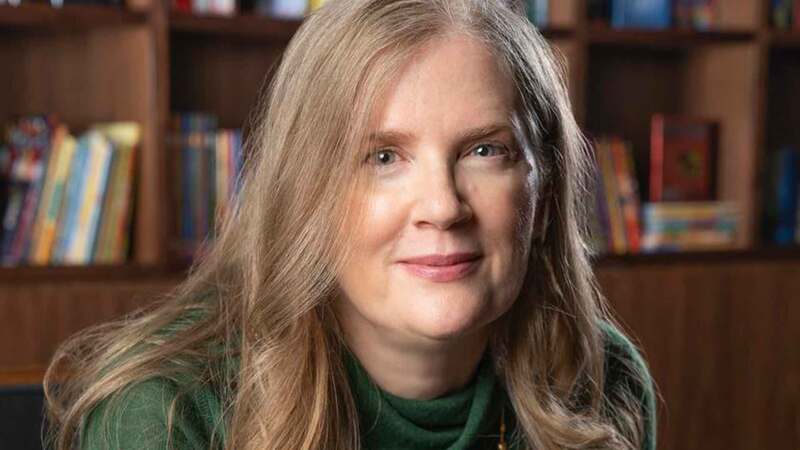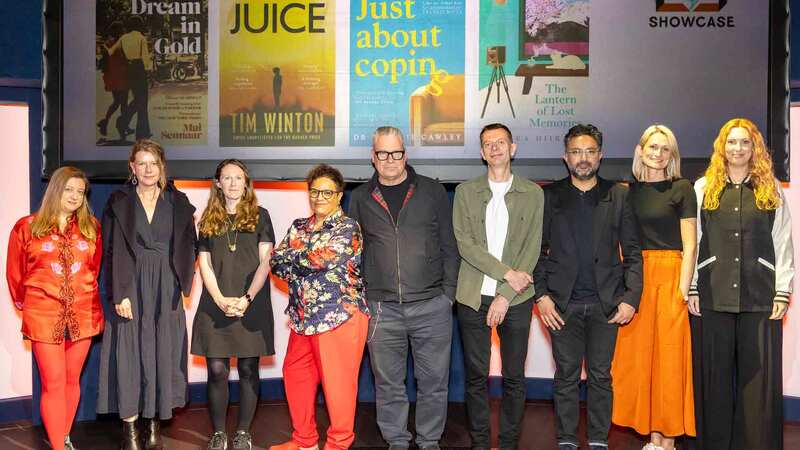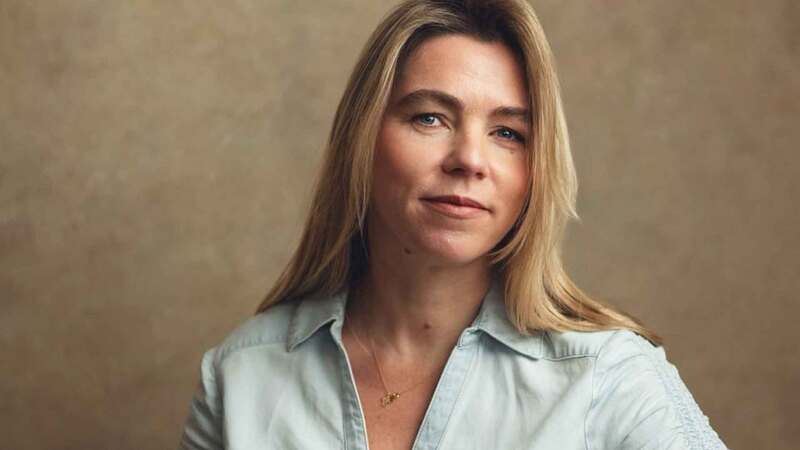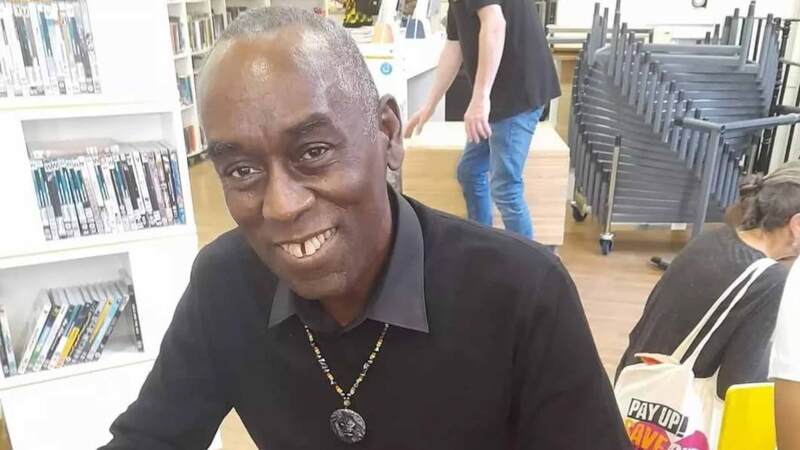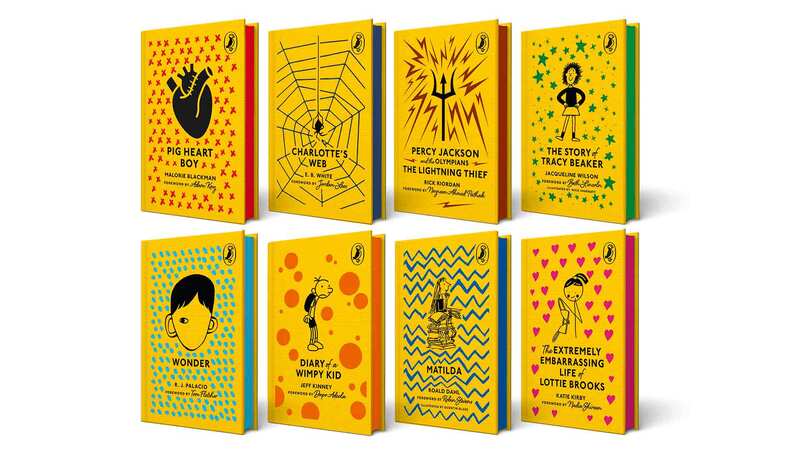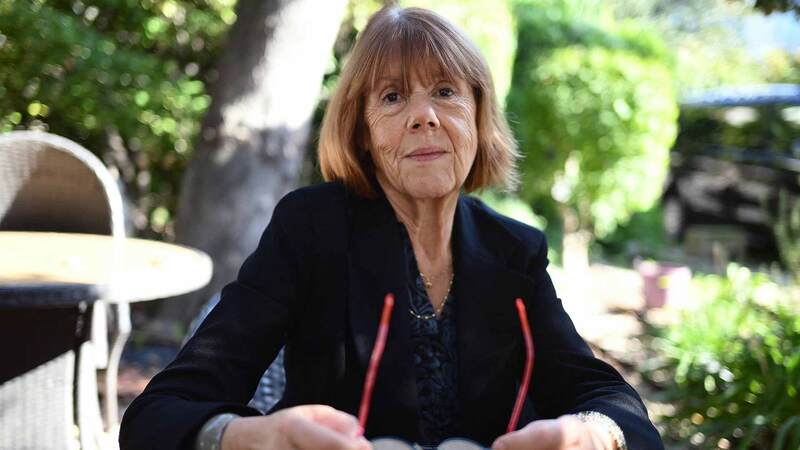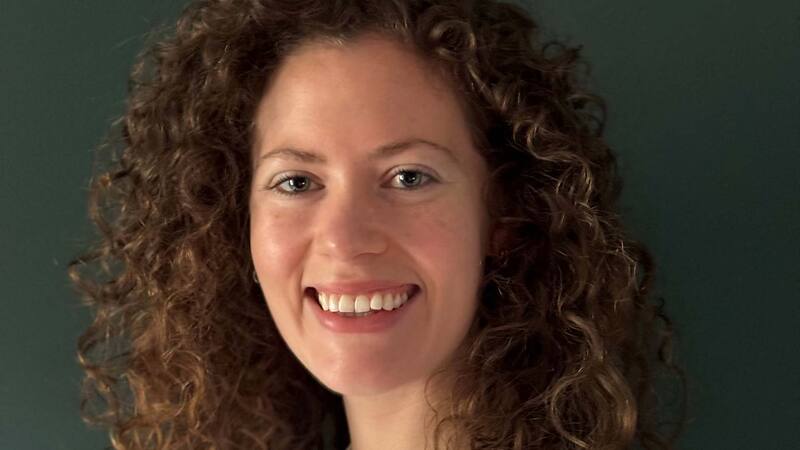You are viewing your 1 free article this month. Login to read more articles.
Sales of short story collections surge
Short story anthologies are enjoying a boom in sales, rising by almost 50% in value, to reach their highest level in seven years.
Trade figures have suggested much of the genre’s popularity could be down to blockbusters such as Tom Hanks’ debut collection, Uncommon Type: Some Stories (William Heinemann), while others have credited writers such as Eley Williams and "Cat Person" author Kristen Roupenian as bringing the form into a “new light”.
Nielsen BookScan’s Short Stories & Anthologies category recorded sales of 692,087 units or £5.88m for the full year of 2017, up 32% in volume and 45% in value over 2016, the genre’s biggest total since 2010. This compares against General & Literary Fiction, which dropped 9% year-on-year, raking in £125.8m. Hanks and Jojo Moyes—who had three editions of Paris for One and Other Stories (Penguin) sell more than £100,000 each—combined to sell £1.3m, or 22% of the category’s 2017 total.
Nielsen’s latest quarterly report revealed short stories and fiction anthologies posted “the highest year-on-year change in the sector, after consistently staying ahead of cumulative 2016 sales throughout this year”.
Natalia de la Ossa, the retail manager of the London Review Bookshop, said the store had sold more short story collections this year. “This is definitely something we have noticed," she said. “We certainly feel that there has been a recent flurry of short story collections by great writers. In December we sold around 40% more short fiction anthologies than we did in 2016.”
Di Speirs, editor of books at BBC Radio and Music Production, who has judged the BBC National Short Story Award [NSSA] since its inception in 2005, said she has seen more short story collections being published, "and published well, with verve and passion, and even review coverage. Publishers seem keen to discover a greater diversity of voices and talent, and are often not insisting on a novel in a deal too.”
She believes the short stories concept being “back in vogue” is “partly cyclical”.
“After a dismal time in the early noughties - when radio seemed the only home left – it seems to me that for both publishers and readers, stories are cool again and younger writers, who might not have bothered ten years ago, are committing to short stories as never before, if the evidence of the NSSA entries is anything to go by,” Speirs said.
She added that the award's 2017 shortlist featured “exceptional younger novelists” showing a “change from a decade ago”. Along with this prize, she said others such as the Sunday Times EFG Short Story Award (founded in 2010), along with the Bristol (formed in 2007), Bath (2012), Edge Hill (2007) awards “and many more” helping “put the short story in view”.
De la Ossa believes “there has been a group of new authors" bringing the genre into "new light” and cited Williams’ Attrib. and other stories (Influx) as doing "incredibly well” in the Bloomsbury store (although it has not yet charted on Nielsen BookScan).
Williams’ agent Lucy Luck refuted the idea of a “short story trend” but believes positive sales may be due to the high profile nature of the authors such as Hanks and Moyes who had collections published this year.
The Sunday Times literary editor, Andrew Holgate, agrees that celebrity has helped sell the short story recently, adding that the genre is going in a “really encouraging” direction. “The past couple of years - first with Mark Haddon and now Tom Hanks and others - have shown that short story collections can be viable commercially," he said. "At the moment they get into the Sunday Times bestsellers mostly as a result of various forms of celebrity - there were three in one week recently, which must be some sort of record - but the path is there to be followed.”
Short stories are also increasingly shared through the form of podcasts, such as the New Yorker’s monthly episodes. The outlet published short story ‘Cat Person’ written by Kristen Roupenian last month which went viral and created a "record-breaking" response from readers across the Atlantic.
Michal Shavit, publishing director at Jonathan Cape, snapped up Kristen Roupenian’s debut collection of stories shortly afterwards, with a deal going for seven figures in the US with Scout Press. Shavit told The Bookseller that the attention around that story “shows the power of the short story and demonstrates that the form is very much alive and kicking".
However, she said the necessary skill for the form should not be underrated, adding that “short story writing is an art form in and of itself and it’s not a given that if someone can write good novels they can also write short stories".
Penguin Random House dominated the top selling titles in the genre last year according to Nielsen BookScan. The biggest selling short story anthology in the Nielsen category, for the whole of 2017, was Hanks’ Uncommon Type (William Heinemann) which shifted 67,459 copies, with second place going to Moyes’ Paris for One and Other Stories (Penguin) which sold 61,789 in paperback and the hardback scooping fifth place with 19,608 copies. At number three was Hendrik Groen’s The Secret Diary of Hendrik Groen, 83 1/4 Years Old (Michael Joseph) selling 21,155 books while Mark Haddon’s debut collection, The Pier Falls (Vintage) sold 20,917 copies altogether.

